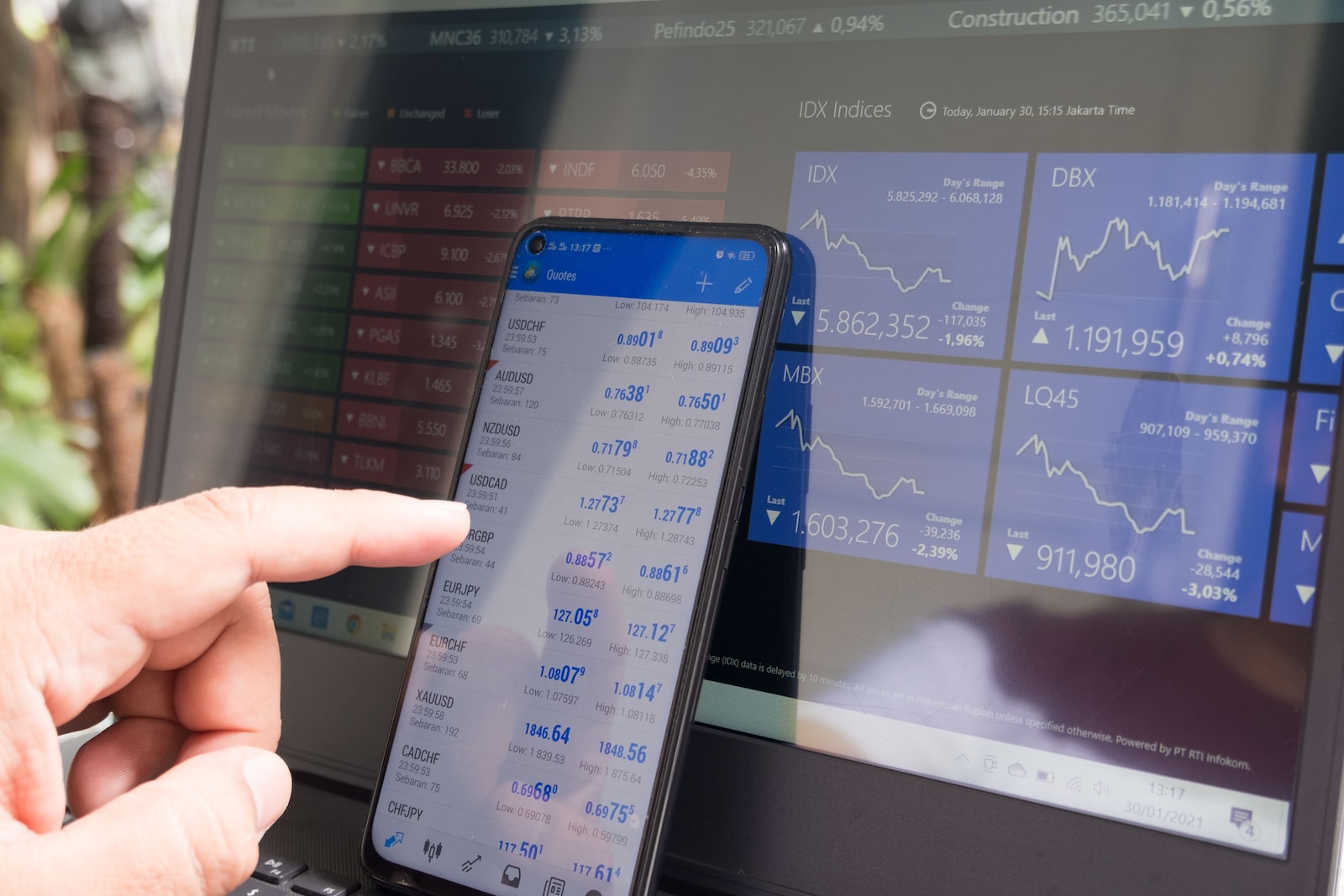In an increasingly complex and volatile business landscape, addressing corporate vulnerabilities is a critical task. Uncertainty is a constant, whether from economic cycles, technological disruptions, regulatory shifts, or even global pandemics.
Thus, risk management is becoming more of a necessity than an option, particularly for businesses seeking to ensure their long-term sustainability. This article presents a risk assessment approach that can help organizations identify, assess, and mitigate their vulnerabilities.
Understanding Corporate Vulnerabilities
Corporate vulnerabilities refer to potential threats that can negatively impact a company’s performance, reputation, and overall financial health. They can arise from various sources, including operational inefficiencies, financial constraints, strategic missteps, technology failures, security breaches, regulatory non-compliance, or economic downturns.
Regardless of the source, vulnerabilities can significantly affect a company’s bottom line and threaten its long-term survival if not adequately addressed.
The Importance of Risk Assessment
Risk assessment is considered a critical aspect or component of risk management, which aims to identify and evaluate potential risks that a company might face. It involves a systematic process of understanding the nature of these risks and their potential effects on a company’s operations.
As Thomas Newman, the Founder of VIVA Financial Tuition, insightfully remarks, “In the intricate dance of business, comprehensive risk assessment is the choreography that reveals the vulnerabilities, potential impacts, and steps to mitigate them. It’s not just about shielding from the unknown, but gracefully capitalizing on the opportunities that these risks might unveil.”
A Five-Step Risk Assessment Approach
Here is a five-step risk assessment approach that businesses can use to address their corporate vulnerabilities effectively:
- Identify the Risks
The first step to take when performing and measuring risk assessment is to identify the potential risks that a company might face. This involves scrutinizing all aspects of the business, including its operations, financials, technology, human resources, and external environment. Some risks might be specific to a company’s industry or business model, while others might be more generic, affecting companies across different sectors.
- Analyze the Risks
Once potential risks are identified, it’s time to analyze them. This involves understanding the nature of these risks, their potential impact on the company, and their likelihood of occurrence. Risk analysis can be qualitative, involving descriptions or categorizations of risks, or quantitative, involving numerical estimates of risks’ potential impact and likelihood.
- Evaluate the Risks
Risk evaluation involves comparing the analyzed risks against each other and the company’s risk tolerance. This helps determine which risks need to be addressed immediately and which can be accepted. A common technique used in risk evaluation is risk ranking, which involves ordering the risks based on their potential impact and likelihood of occurrence.
- Treat the Risks
After evaluating the risks, the next step is to develop and implement risk treatment strategies. This can involve avoiding the risk, reducing the risk, transferring the risk, or accepting the risk. The chosen strategy should align with the company’s risk appetite and strategic objectives.
- Monitor and Review the Risks
Risk management is an ongoing process. Thus, companies should regularly monitor and review their risks and the effectiveness of their risk treatment strategies. This ensures that the company remains prepared for potential changes in its risk landscape.
Leveraging Technology for Risk Assessment
In today’s digital age, companies can leverage technology to conduct more effective and efficient risk assessments. For example, data analytics can provide companies with insights into their operations, customer behavior, and market trends, which can help identify potential risks.
Similarly, machine learning and artificial intelligence can help companies analyze and predict risks based on historical data. Cybersecurity technologies can help companies protect their digital assets and identify potential security vulnerabilities.
Data Analytics for Risk Identification
Data analytics is one of the most valuable tools at a company’s disposal when it comes to identifying potential risks. By harnessing the power of data, businesses can gain a detailed understanding of their operations, customer behaviors, market trends, and more.
With the vast amount of data available today, companies can employ predictive analytics to anticipate future scenarios and identify potential risks before they materialize.
Machine Learning and Cybersecurity
Machine learning and artificial intelligence (AI) have revolutionized the way companies analyze and predict risks. These technologies can be trained on historical data to identify patterns and trends that may be indicative of future risks. For instance, AI algorithms can analyze past market data to predict future trends, enabling businesses to make informed decisions and mitigate potential financial risks.
Prudent Hiring Practices
An often overlooked but critical element of risk management is the practice of prudent hiring. The employees are the backbone of any organization and hiring the right individuals reduces inherent risks significantly. To maintain the integrity and overall security of a company, incorporating a thorough background check of prospective employees or new hires is crucial.
Implementing Effective Background Checks
One tool that many corporations use to accompany background check processes is TruthFinder. TruthFinder is a legitimate service that offers access to public records, providing valuable information about a prospective employee’s history. By utilizing TruthFinder, businesses can gain a better understanding of potential employees’ backgrounds, making it a valuable resource in the hiring process.
Regulatory Compliance
In addition to mitigating potential risks, conducting background checks also helps ensure regulatory compliance. Many industries have regulations requiring companies to conduct background checks on potential hires. Failing to comply with these regulations can result in penalties and damage to the company’s reputation.
Navigating a Risky Business Climate
Addressing corporate vulnerabilities through a risk assessment approach is a fundamental strategy for businesses in today’s complex and fast-paced environment. A risk assessment enables a company to protect its most valuable assets by identifying, analyzing, evaluating, treating, and consistently monitoring risks.
A risk assessment’s proactive approach equips companies with the insights they need to anticipate, mitigate, and even leverage potential risks. By identifying vulnerabilities before they manifest into significant issues, companies can devise strategies that protect and even enhance their operations. Analyzing these risks enables businesses to understand the nature of threats, determine their potential impact, and prioritize them based on their significance and likelihood.






